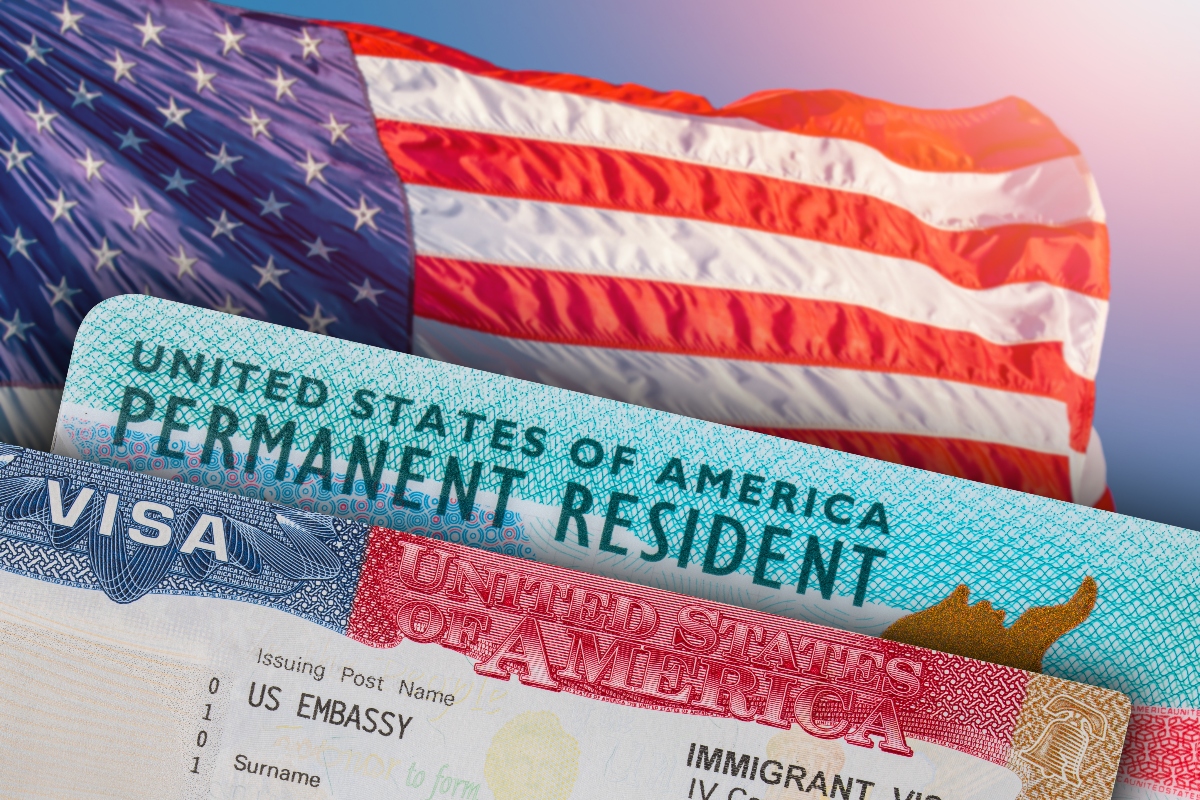When a loved one is detained by Immigration and Customs Enforcement (ICE), acting quickly and in an organized manner can make all the difference. In 2025, with a still complex immigration system and no guarantee of free legal representation, it is critical for Hispanic families in the U.S. to know the key steps to protect the detainee’s rights from the very beginning.
This practical guide is based on current information from the National Immigrant Justice Center, and is adapted to the procedures in effect this year, including the federal government’s official digital tools.
Get the number A

Step 1: The A number (Alien Registration Number) is a unique 9-digit identifier assigned by immigration.
It can be found in old immigration documents, ICE letters or USCIS receipts.
It is essential for locating the detainee, accessing his or her file and consulting future hearings.
Step 2: Locate the detainee in the ICE system.
You can search for the detained person using the ICE Locator by entering the A number and country of birth.
It also allows searching by name and date of birth.
There you get the exact location of the detention center and contact information for calls or visits.
Establishes communication with the center

Step 3: Each center has different rules for allowing visits or calls.
Some require scheduling video calls, others enable phone lines through prepaid accounts (e.g. GTL or Securus).
You can also send funds to the detainee so that he or she can communicate.
Step 4: Report raids or arrests.
If the detention was during a raid, call 1-855-435-7693 of the Illinois Coalition for Immigrant and Refugee Rights (ICIRR).
They offer care in Spanish, legal and emotional counseling, and can help you report abuse or irregularities.
Gather as many documents as possible

Step 5: Gathering immigration papers, passports, certificates, criminal records, previous applications or letters of support is crucial.
These documents will be useful for the attorney and for requesting hearings or bonds.
Actuar de forma rápida y organizada puede marcar la diferencia
Step 6: Check if there is a court hearing.
With the A number you can check if there is a hearing scheduled in Immigration Court by calling 1-800-898-7180 (automated system in Spanish).
Not everyone has an automatic right to a hearing.
Who is entitled to a hearing or bail?

The following have the right to a hearing:
Legal permanent residents
Immigrants without serious crimes
Asylum seekers with credible fear
They have no right:
Persons with previous deportation orders
Illegal re-entries after deportation
Convicted of aggravated felonies
In cases with a real fear of persecution, an asylum interview (“fear interview”) may be requested.
If approved, the immigrant gets a hearing and possible immigration relief.
There is no defense without quick action. Acting within 24-48 hours, gathering key documents, communicating with the facility and getting legal advice is essential.
The U.S. immigration system does not offer free legal counsel, so it is advisable to seek legal assistance through non-profit organizations or accredited immigration ombudsmen.
For more information, visit QuéOnnda.com.














